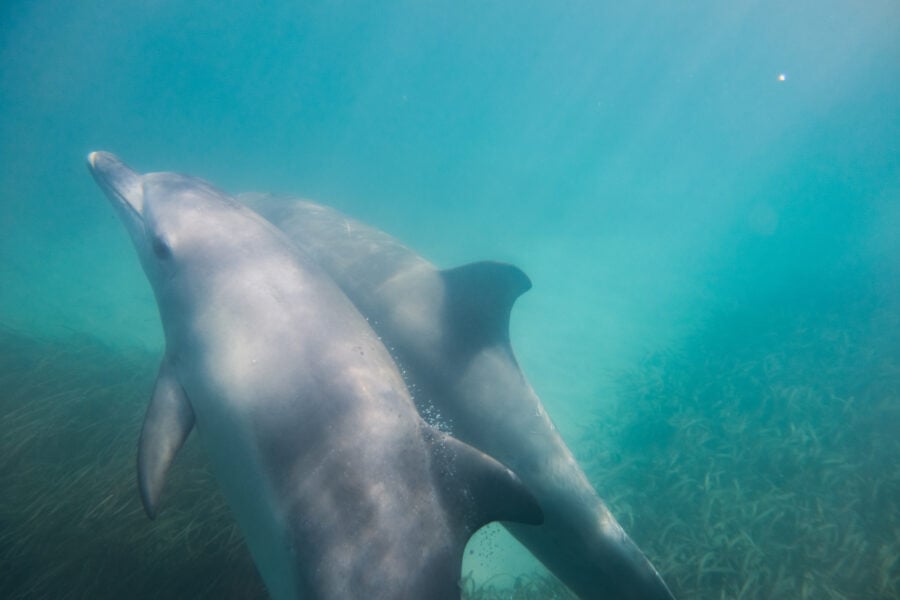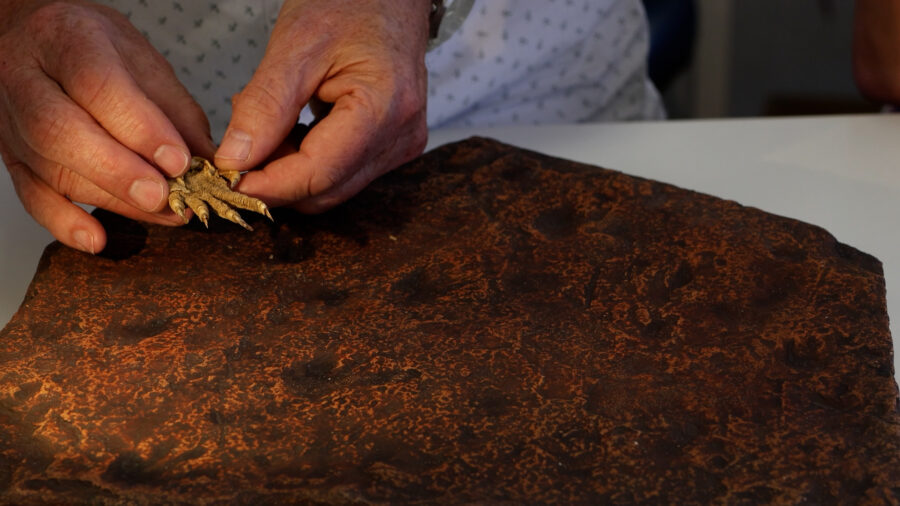New snake is among world’s most venomous

A NEW SNAKE has been identified in the Kimberley and it’s likely be added to the list of Australia’s top 10 most venomous species.
In August, an international collaboration including scientists from Western Australia split the Papuan death adder into two separate species, using genetic data. The new species, which brings the total number of death adder species to eight, has been dubbed the Kimberley death adder (Acanthophis cryptamydros).
Kimberley death adder joins Australia’s most venomous
Western Australian Museum’s Paul Doughty, who helped identify the new species, says that in terms of venom, it’s likely the Kimberley death adder will fall between the mulga snake and common death adder, which are currently at sixth and ninth place on the list of Australia’s most venomous snakes.
“Of the death adders that have been tested for venom, they are certainly in the top 10 most venomous snakes in the world,” Paul says, although he adds this has yet to be confirmed scientifically.
The Kimberley death adder is the first venomous snake described in Australia since the Western Taipan in 2007.
The species was described in scientific journal, Zootaxa, in August.
Deceptive death adder relatives
The Kimberley death adder closely resembles the Papuan death adder found in the Northern Territory, and until recently was thought to be the same species.
However, after a detailed examination of about a dozen museum specimens and genetic testing, the snake was found to be most similar to the desert adder, found in the arid regions of Central and Western Australia.
Ecologist Ryan Ellis, a research associate at the Western Australian Museum, was among the scientists who identified the new species.
Ryan says that looks have been deceiving in this case. “People knew death adders occurred in the Kimberley, but everyone just assumed they were the same species as the death adders in the Northern Territory,” he says.
“Hopefully this discovery will lead to further work that can be used for the treatment of bites that occur in the Kimberley.”




